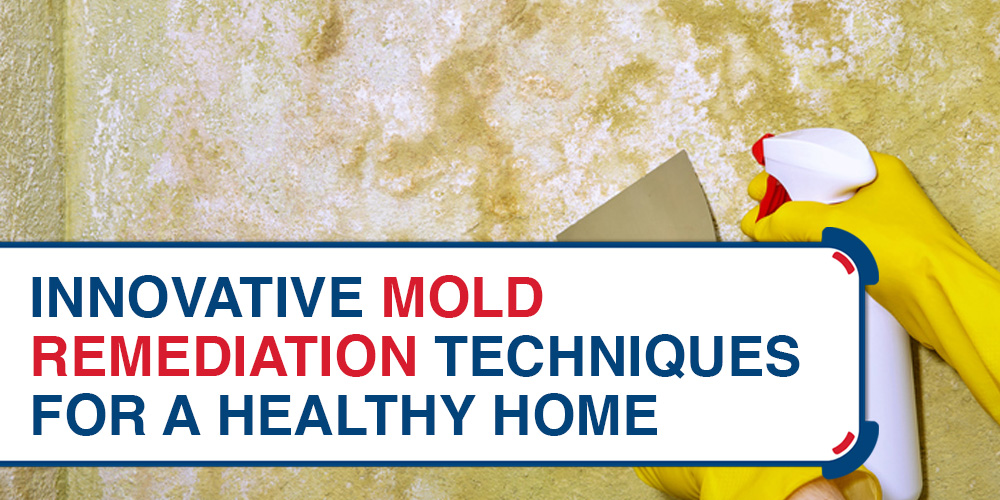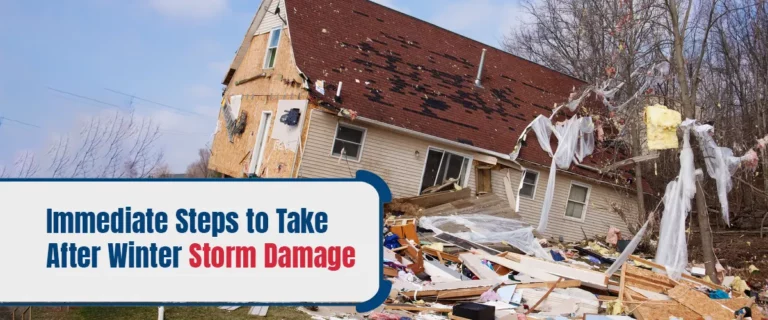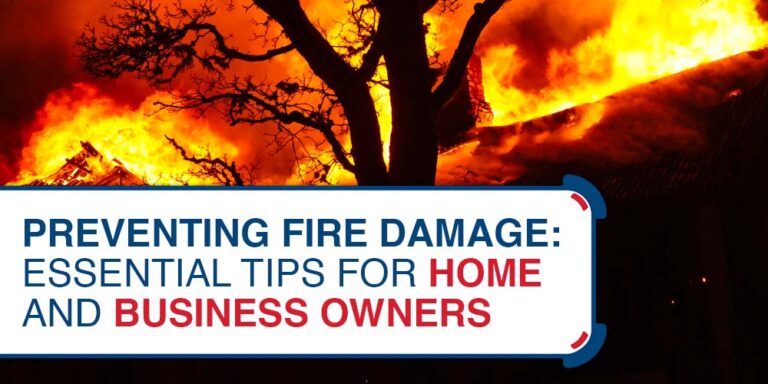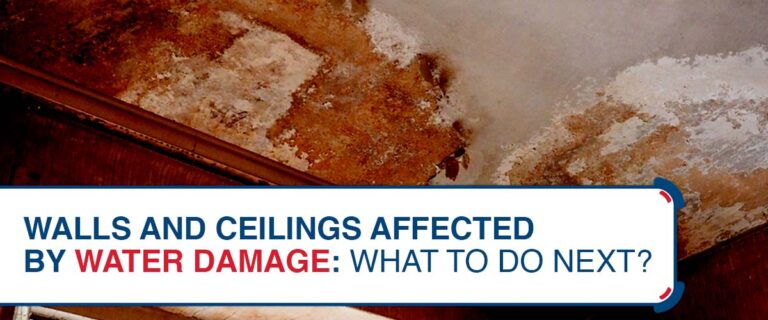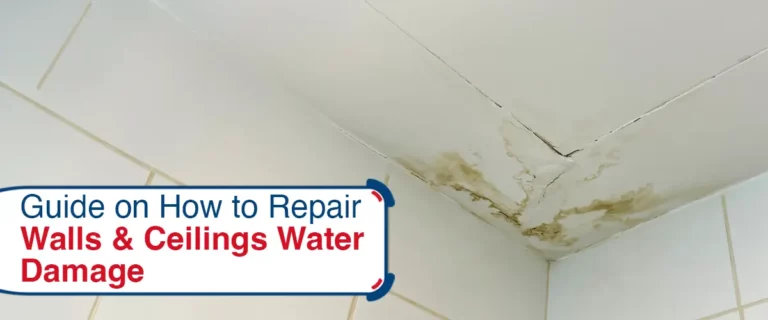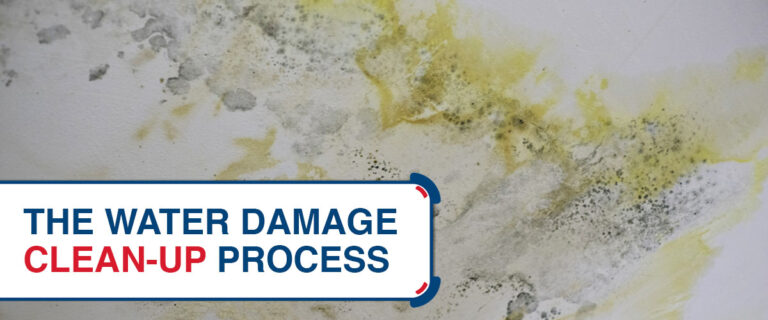Have you ever noticed a musty smell in your basement or seen a patch of black or green growth along your bathroom walls? If so, you might deal with more than just a cosmetic issue. Mold isn’t just an unsightly blemish on your walls—it’s a severe health hazard. In this post, we’ll dive deep into the risks posed by mold, explore the latest mold detection and assessment techniques, and discuss best practices for mold remediation.
Additionally, we’ll underscore why professional intervention is crucial for your long-term health. Let’s get started on this critical journey to a healthier home.

Understanding the Risks: Why Mold Is More Than Just an Eyesore
People often dismiss mold as a mere aesthetic problem, but the reality is far more concerning. It thrives in damp environments, and once it takes hold, it can deteriorate air quality and pose significant health risks. Consequently, mold exposure can lead to various health issues, ranging from mild allergic reactions like skin irritation and sneezing to more severe respiratory problems and chronic illnesses, especially in those with pre-existing conditions or compromised immune systems.
Therefore, recognizing mold infestations and understanding the urgency of remediation is not just about maintaining the integrity of your home—it’s about protecting the health of everyone inside it.

Latest Technique in Mold Remediation for Homeowners
Today, the fight against mold has become more sophisticated with advanced mold remediation techniques. Professionals now use various high-tech tools to detect mold with greater accuracy. The following are some of the cutting-edge methods they currently use in the field:
- Infrared cameras: Can detect temperature variations in walls and floors, indicating potential moisture issues that could lead to mold growth.
- Moisture meters: These devices measure the moisture content of materials, helping pinpoint areas at risk before visible mold appears.
- Air sampling: Professionals use this technique to collect air samples from around the home and analyze them for mold spores.
- Surface testing: They use swabs or tapes to collect samples from surfaces and analyze them in a lab to identify the types and concentrations of mold present.
- Building Diagnostics: Assessing the building’s overall ventilation, humidity, and construction to identify factors contributing to mold issues.
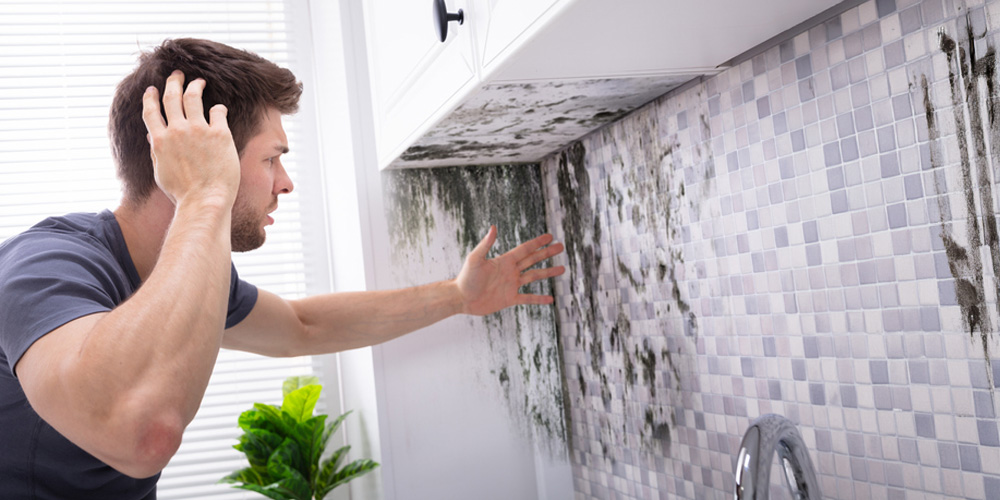
Best Practices in Mold Remediation for Homeowners
While it is best to have professional remediation, homeowners can take proactive steps to manage minor mold issues:
- Identify and eliminate the source: First, address the moisture problem. Eliminating the source of moisture, whether it’s a leaky faucet or high humidity levels, is critical to preventing mold growth.
- Proper cleaning techniques: A detergent and water solution can often do the trick for small areas affected by mold. However, removing and replacing the affected sections might be necessary for mold on porous surfaces like drywall.
- Keep it dry: Use dehumidifiers and maintain good ventilation in moisture-prone areas such as bathrooms and kitchens.
- Regular inspections: Check your home regularly for signs of mold, especially in hidden areas and around the plumbing. Early detection makes remediation easier and less costly.
Implementing these practices can help mitigate mold problems, but larger infestations require professional attention. Furthermore, to make it easier for you to apply these recommendations, take note of the following signs of mold presence:
- Musty, earthy odors
- Visible mold growth on walls, ceilings, floors
- Discoloration or staining on surfaces
- Peeling, bubbling, or warping of wallpaper or paint
- Persistent allergic symptoms such as sneezing, coughing, and irritation of eyes
- Increased humidity levels inside the building
- Water leaks or past flooding history
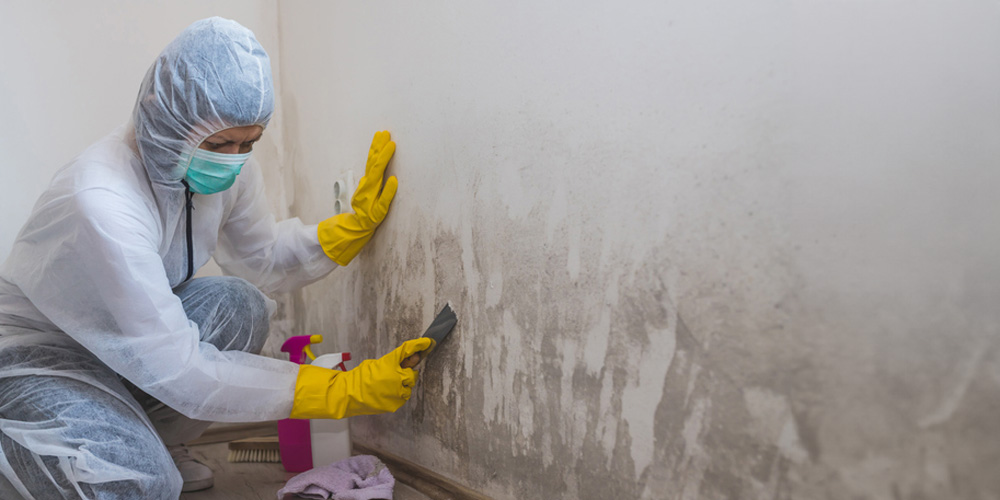
Why Professional Mold Remediation is Essential for Long-Term Health
DIY solutions just won’t cut it when it comes to extensive mold infestation. Mold damages your home and can pose serious health risks if not appropriately addressed. This is where the expertise of the pros becomes crucial. So, let’s explore the key reasons why enlisting professionals is vital for maintaining long-term health and a mold-free environment:
- Reduces long-term exposure risks: Effectively removes mold, minimizing long-term health risks such as respiratory issues, allergies, and other severe health conditions.
- Addresses hidden mold: Trained to identify and remediate hidden mold that homeowners might miss, ensuring a more comprehensive removal.
- Prevents recurrence: Expert techniques and high-quality equipment avoid mold from returning, reducing the chance of ongoing health problems.
- Improves indoor air quality: Removing all traces of mold helps improve the overall air quality in your home, leading to better respiratory health and well-being.
- Use of safe and effective chemicals: Use EPA-approved chemicals that are safe for residential environments and effective against mold, unlike some DIY treatments that might contribute to health risks.
- Stress reduction: Knowing that your home is free from mold reduces stress and anxiety about potential health effects, contributing to overall mental and physical health.

A Healthy Home is a Happy Home
In conclusion, tackling mold isn’t just about cleaning up an ugly spot on your wall—it’s important for maintaining your home’s structural integrity and ensuring the health of its occupants. By utilizing professional mold remediation in Kansas, homeowners can ensure that mold is thoroughly addressed, with immediate and long-term solutions in place.
Emphasizing the health benefits and leveraging professional expertise in mold remediation not only resolves the immediate threats but also sets up a protective barrier against potential future issues. Remember, when it comes to mold, it’s not just about the now; it’s about ensuring a healthy, safe environment in the long haul.
References:
- Curtis, L., Lieberman, A., Stark, M. R., Rea, W. J., & Vetter, M. L. (2004). Adverse health effects of indoor molds. Journal of Nutritional & Environmental Medicine, 14(3), 261–274. https://doi.org/10.1080/13590840400010318
- Our mission and what we do | US EPA. (2023, May 23). Retrieved from https://www.epa.gov/aboutepa/our-mission-and-what-we-do


